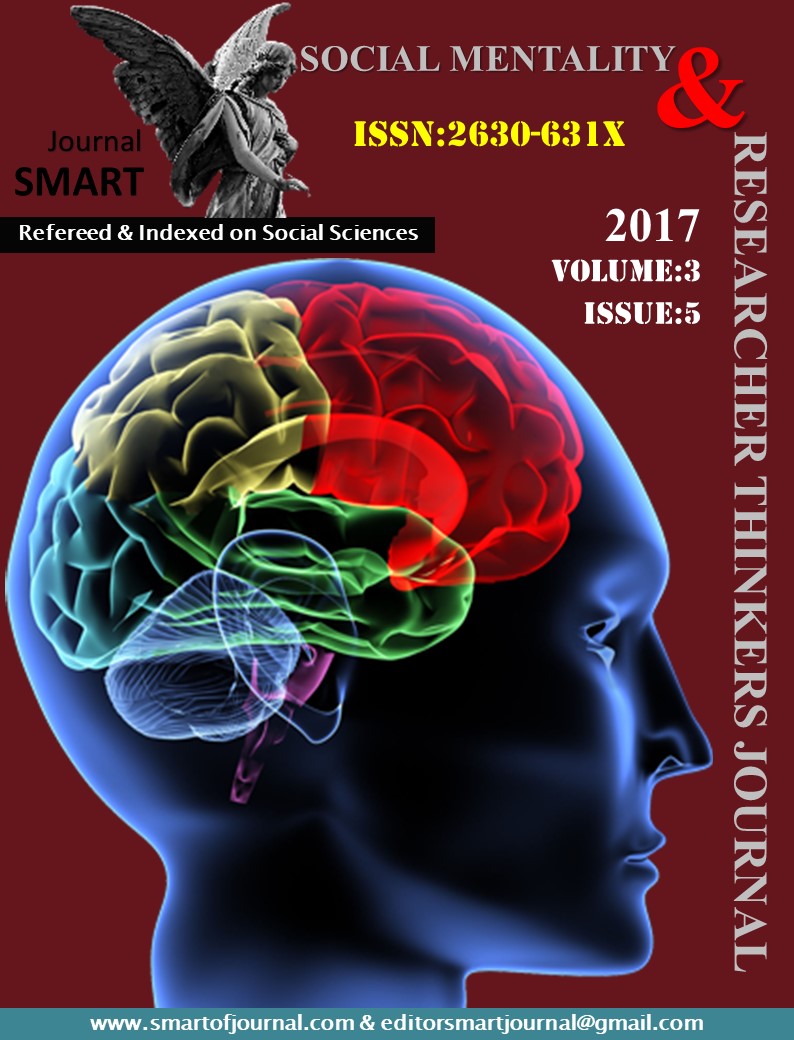Author :
Abstract
Күріш егісі - өздігінен реттелетін динамикалық агроценоз. Жоғары агрофонда егістің қалыңдығына және қоректену алаңына байланысты күріш өсімдігінің бір-біріне әсері өзгереді. Бұл өзгерістер сорттардың архитектоникалық пішініне, фотосинтез интенсивтілігі мен өнімділігіне және басқа да физиологиялық, генетикалық ерекшеліктеріне байланысты. Егістіктің (агроценоздың) әртүрлі қалыңдығына байланысты фотосинтетикалық әрекеті (қызметі) мен өсу процестері өзгереді, бұл дән өнімі мөлшеріне және сапасына әсер етеді. Осыған сәйкес, орта бойлы, жіңішке, тік жапырақты (Кубань 3, Краснодарский 424, Дубовский 129) және орта бойлы, ірі жапырақты (4-15, Кызылординский 5, КзРОС 356, Маржан) сорттары мен үлгілері қоректену алаңы және тыңайтқыштар мөлшеріне байланысты зерттелді. Дән өнімі (Өшар, ц/га) мөлшері мен фотосинтездің таза өнімділігі (Фтө, г/м2 тәулік) көрсеткіші арасында белгілі деңгейде байланыс бар. Атап айтқанда, жоғары өнімді агроценозда және тыңайтқыштар дозасы оптимальды (N160-180Р120 кг/га ә.з.) болып, күріш егістігіндегі жапырақ алаңы (ЖА, мың м2/га), фотосинтетикалық потенциал (ФП, млн. м2тәулік/га), биомасса (Өбиол, ц/га) жоғары, бірақ қолайлы мөлшерде болғанда Фтө көрсеткішінің 5,18-6,03 г/м2тәулік деңгейінен 6,71-8,05 г/м2тәулік деңгейіне дейін артуы күріш сорттарының дән өнімін күрт арттырады. Тыңайтқыштар жоғары дозада (N240Р180 кг/га ә.з.) берілгенде күріш дақылы биік болып өсіп (135-145 см), ертерек, дән сүттену-қамырлану фазасында жатып қалады да, толыспаған, семік дәндер саны көбейеді. Бұл жағдайда жалпы биомасса мөлшері артқанымен дән өнімі төмендейді әрі сапасы нашарлайды.
Keywords
Abstract
Rice crops are self-regulating dynamic agrocenosis. At high agricultural background, plant density, and feeding areas, the mutual influence of plants in crops is varying. These changes are associated with architectonics of plants, the rate of photosynthesis and other physiological and genetic characteristics of rice cultivars. With the change of plant density and the feeding area, indicators of photosynthetic activity and growth processes are also changing. This had a significant effect on yield and grain quality. In this regard, the medium-grown and narrowleaf cultivars were studied (Kuban 3, Krasnodar 424, Dubovskiy 129) and the large-leaved cultivars and samples of rice (Marzhan, KzROS 356, Kyzylordinskiy 5, 4-15) at different feeding areas, dose of methods of fertilizer distribution. There is a certain relationship between the grain yield (Yeconom., q/ha) and net photosynthetic productivity (Phn.pr. g/m2day). Thus, at high-productive crops and the optimal dose (N160-180R120 kg/ha rate of application) of fertilizer, the large area of leaves (AL, thousand m2/ha), strong photosynthetic potential (PhP, mln. m2/day), high biomass (Ybiol., q/ha) are formed. Under such conditions, increase in net photosynthetic productivity (Phn.pr. g/ m2day) per one unit, i.e., from 5.18-6.05 g/m2day to the level of 6.71-8.05 g/m2day sharply increases grain yield of rice cultivars. When applying a high dose (N240R180 kg/ha rate of application), the rice grows high (135-145 cm), early lodges, the number of shrivelled and empty grains increases, grain yield and its quality decreases, while the total biomass (Ybiol., q/ha) is greatly increasing.





